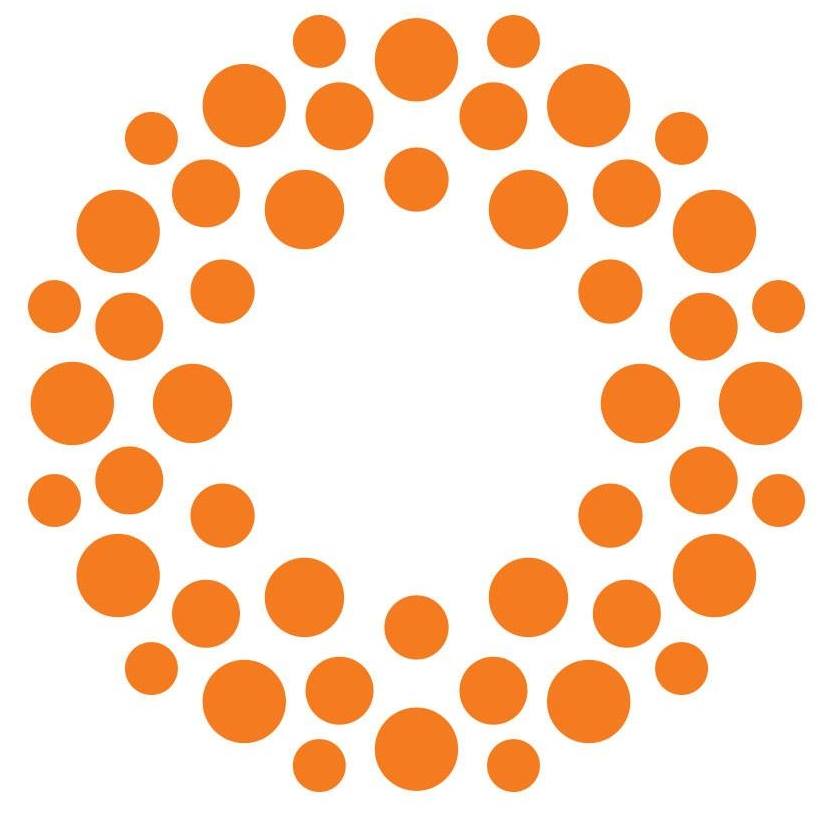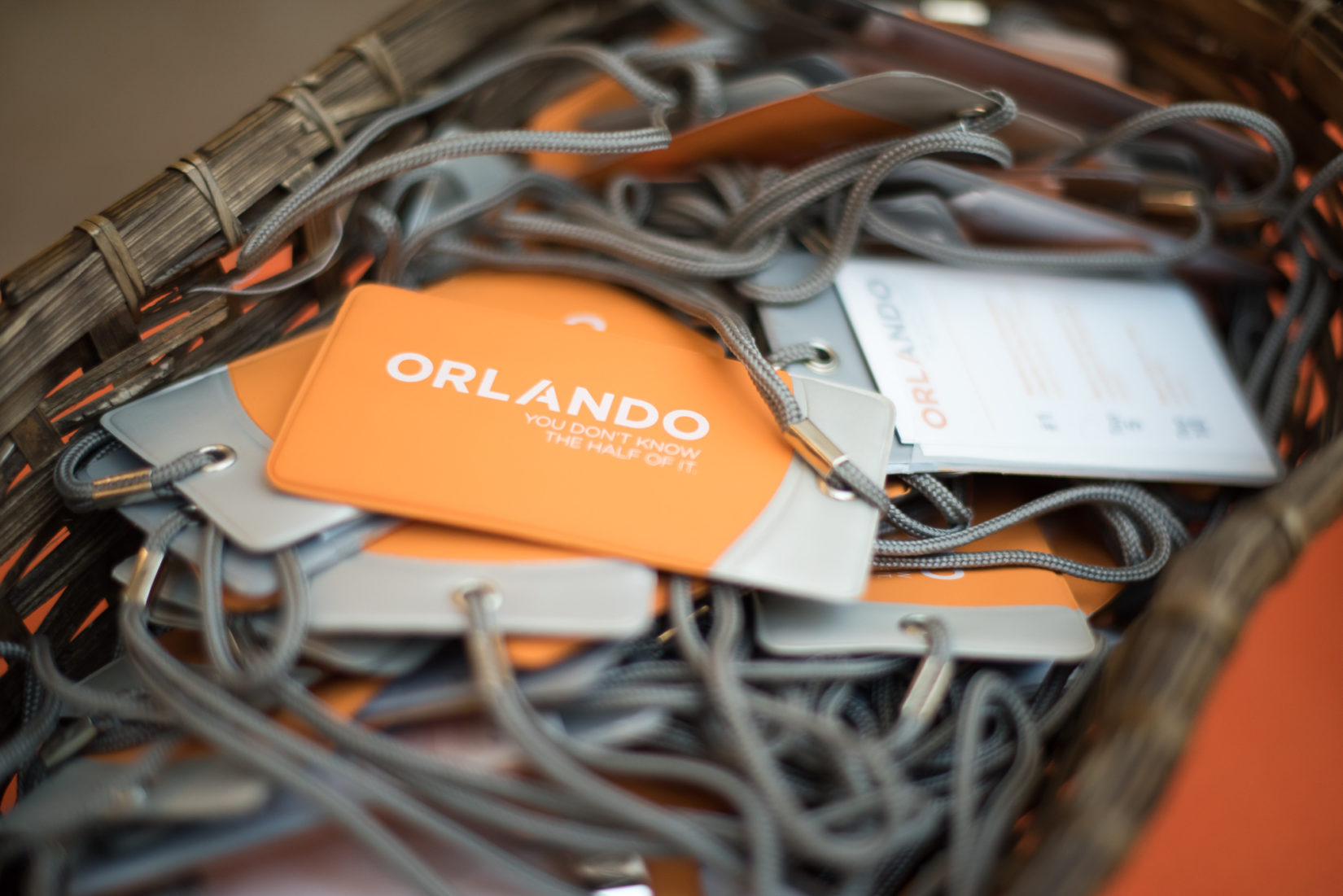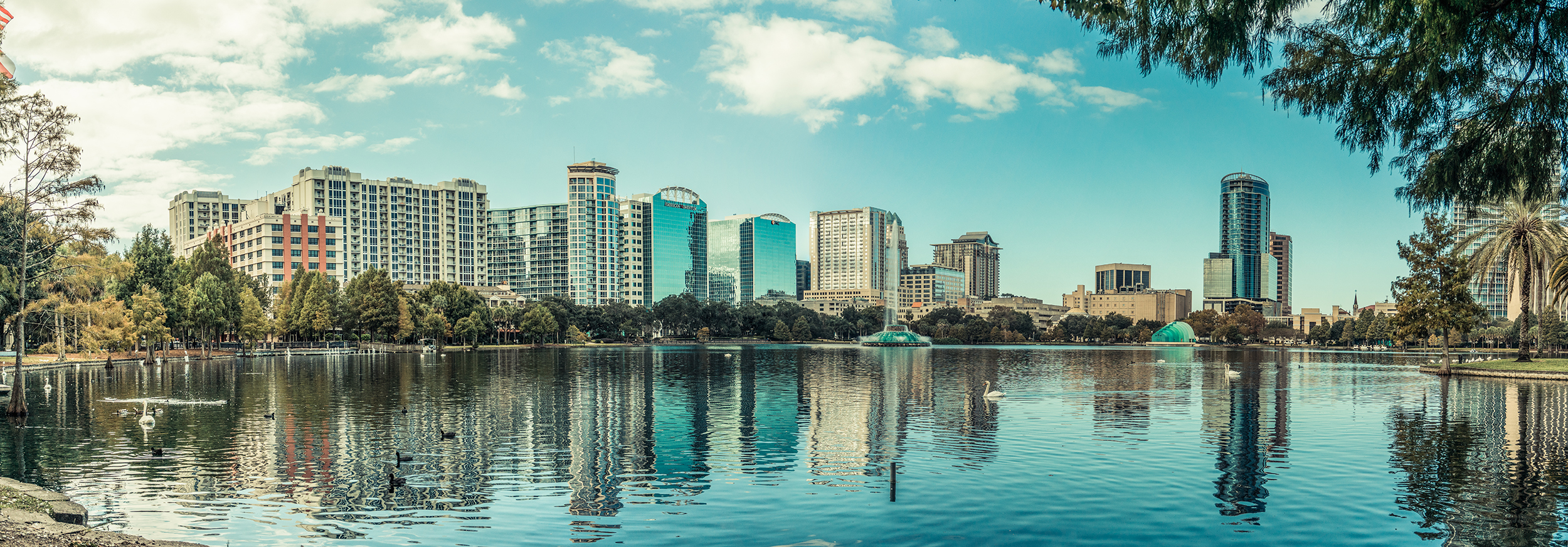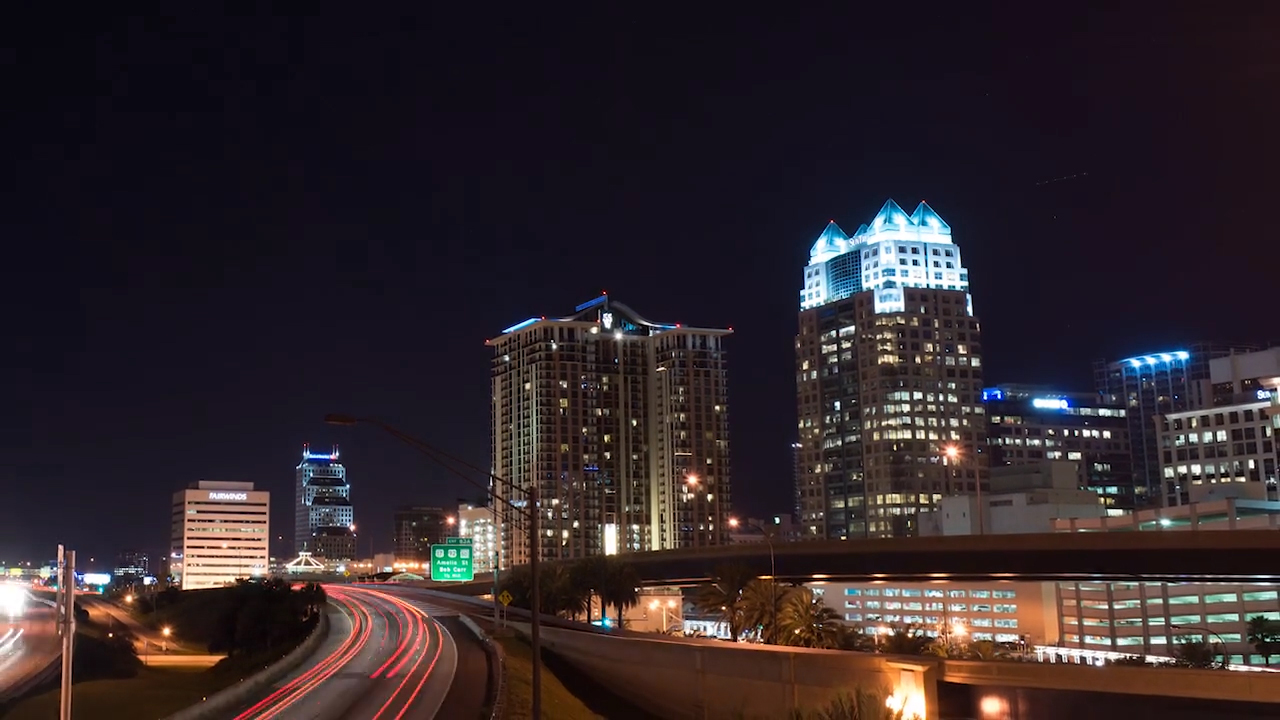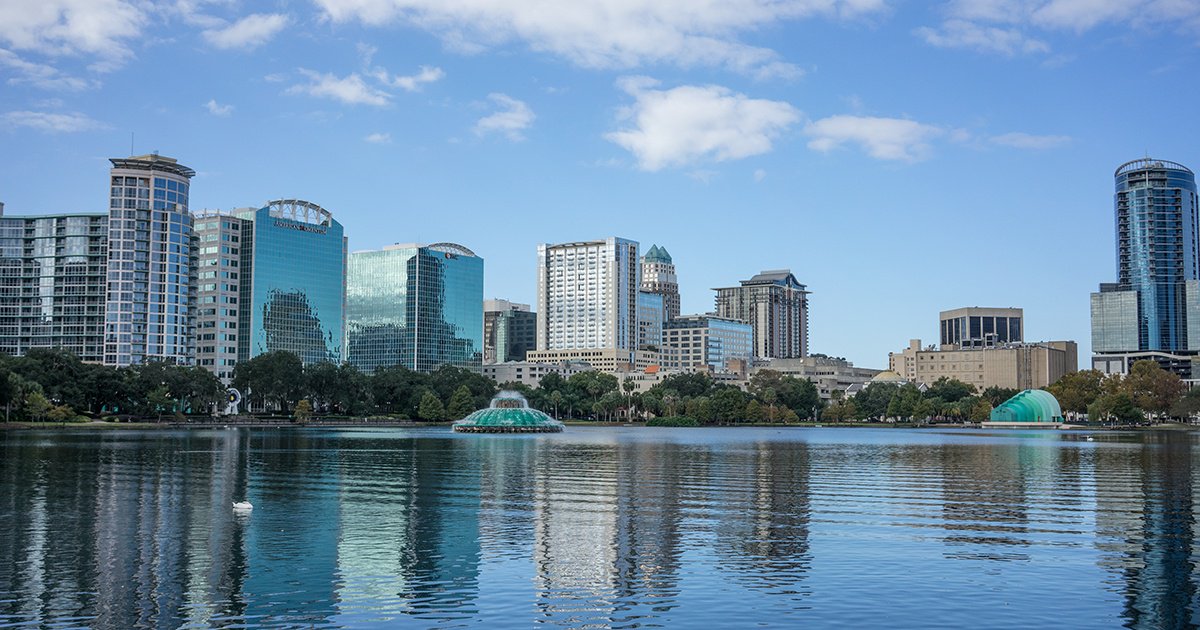The history behind the “Orlando. You Don’t Know the Half of it.”® branding campaign.
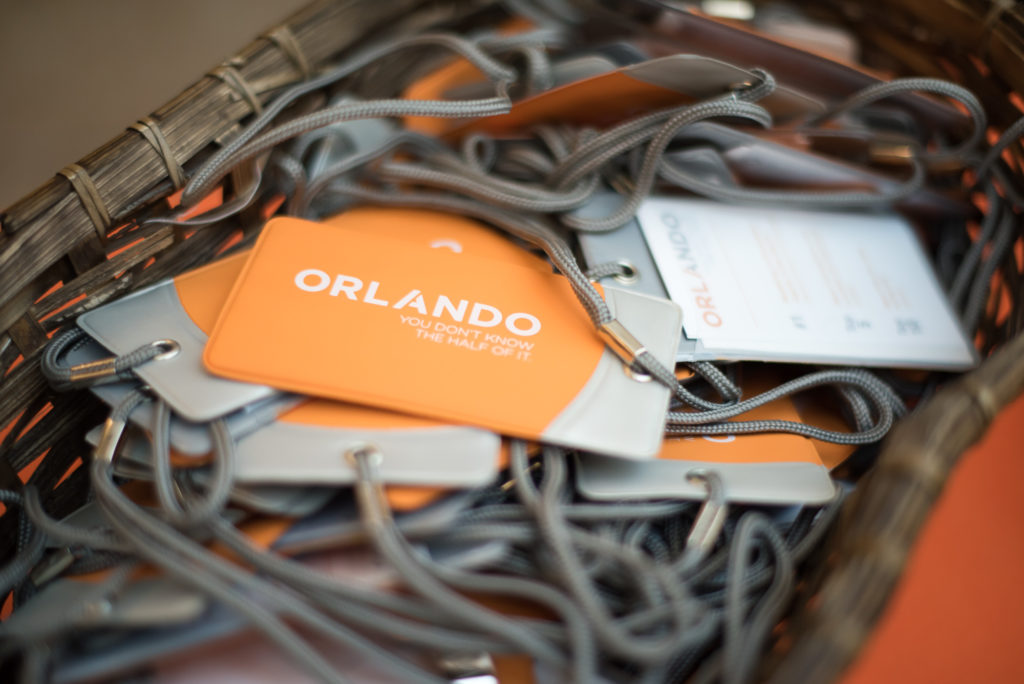
Ken Potrock remembers sitting around a table during an early committee meeting, not quite seeing what he wanted.
Orange County Mayor Teresa Jacobs prompted the gathering by asking the Orlando Economic Development Commission (EDC) to lead a new branding initiative to get Orlando onto the consideration set more often for strategic business location decisions.
With the help of a small group of volunteers, Potrock, senior vice president and general manager of Disney Vacation Club, Adventures by Disney and Golden Oak, was charged with making things happen. The volunteer group firmly agreed on a direction, but just weren’t landing in the right spot.
“We wanted something that was proprietary and really spoke specifically to what made Orlando unique,” says Potrock, explaining that if the names of random cities could be interchanged with Orlando in any tagline, it wouldn’t work.
The branding had to be built not on “Anywhere U.S.A.,” but on words that made sense only to Orlando, both rationally and emotionally.
The creative director at locally based ad agency Anson-Stoner put one final option on the table.
The tagline read: Orlando. You don’t know the half of it.
Done deal.
“Because Orlando rarely landed on the short list, the campaign needed to be provocative,” adds Jim Alessandro, a senior vice president of marketing for Disney Destinations and a longtime ad agency executive. “This wasn’t a case of replacing the logo. We had to get the message across as to why Orlando should be taken seriously.”
Orlando, indeed, had long enjoyed an outstanding reputation as a place to vacation or come for a convention but not as much as a business location.
Research revealed that Orlando didn’t have any negative connotations among target audiences, but despite achievements including being named the number one market for both job and population growth, it wasn’t as strong as it should be.
“When we asked people what they knew about Orlando, it was typically always about tourism,” Potrock says. “If we wanted to be considered in the economic development business, we had to tell a better story.”
The “other half” became the platform for conversations about a plentiful, young and diverse workforce, thriving industries, outstanding infrastructure and a generous quality of life.
Potrock affirmed, “We wanted to come up with something that was intriguing enough to say, ‘I’ll bite. Show me the other half.’”
Mayor Jacobs launched the campaign in early 2015 with the goal to get more “at bats” as Potrock likes to put it. Essentially, more companies needed to consider Orlando as a viable location to expand or locate their businesses.
“The branding effort is much more than an advertising campaign,” says Mayor Teresa Jacobs. “It’s a very targeted, deliberate and comprehensive campaign to help position Orlando in a new light, particularly with our target audience of c-suite executives and site location consultants. Of course, advertising is a part of the campaign but it involves so much more than that. And we continue to find new ways to leverage the message across multiple platforms.”
Since the campaign began, the business development pipeline has increased 50 percent and the EDC just completed its best year ever with more than 5,600 new jobs projected by more than 30 companies making a nearly $200 million capital investment in the region.
“I give 100 percent of the credit to the branding campaign. It is paying off,” asserts Dave Porter, the Orlando EDC’s senior vice president of business development.
The change in perceptions reminds Porter of the strides made in Austin, Texas, where he spent 11 years at the Austin Chamber of Commerce, leading a campaign called Opportunity Austin. “The Orlando EDC’s results are far exceeding the early results in Austin,” Porter notes. “When we look back in 10 years, we will be in awe at how far we have come.”
Alessandro compares the messaging platform to an empty vessel that will continually be filled with news and notes about Orlando. “We have so many different things to say to share the ‘other half’ of Orlando,” he says.
For instance, do you know about downtown Orlando? You should.
Orlando has a vibrant downtown core ripe with new community venues including the Amway Center, home of the Orlando Magic and Orlando Solar Bears hockey team; the Dr. Phillips Center for the Performing Arts; the newly renovated Camping World Stadium; and an upcoming soccer stadium for the Orlando City Lions and Orlando Pride.
Orange County is home to the simulation procurement commands for the U.S. Army, Navy, Air Force, Marines and Coast Guard. Lake County’s National Training Center is where aspiring Olympic athletes go to train in track, swimming and gymnastics. Osceola County has the first industry-led consortium for manufacturing of smart sensors, the International Consortium for Advanced Manufacturing Research. Seminole County is a hub for information technology companies.
“A great deal of stuff is going on here,” says Alessandro. “That newsworthiness becomes the legs of the campaign. If it’s as good as what we think and hope it to be, this is something that will have staying power even 10 years into the future.”
“We’ve received a tremendous amount of positive feedback. The campaign is so well done, and makes instant sense to site-selectors and other targeted audiences – they’re intrigued and want to know more,” says Jacobs. “I share the branding campaign materials constantly. I even use the ‘Orlando, You Don’t Know the Half of It’ luggage tag on my suitcase when I travel, and that’s provided lots of opportunity for me to share the other half of the Orlando story.”
“Orlando. You don’t know the half of it.” appears to be a winner.
